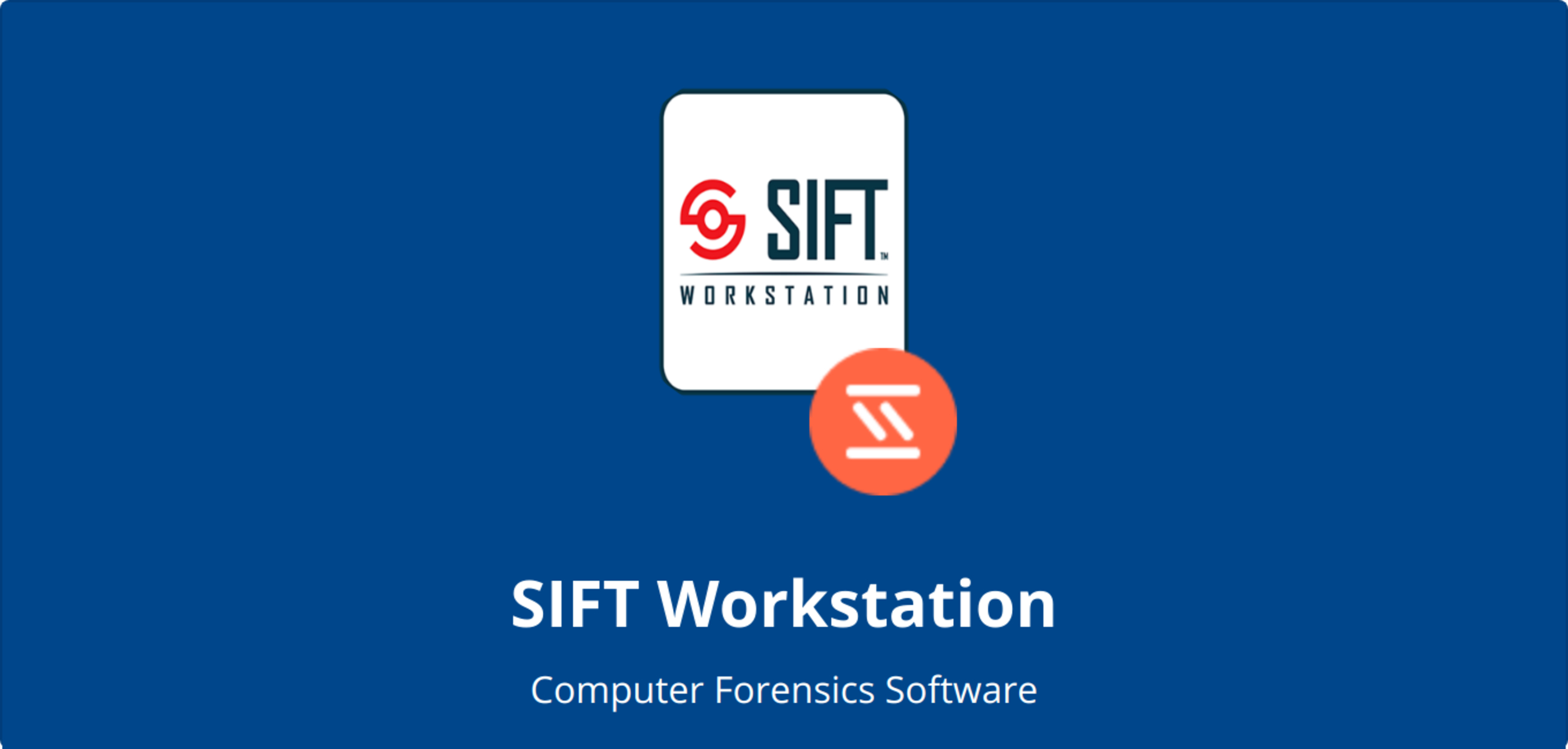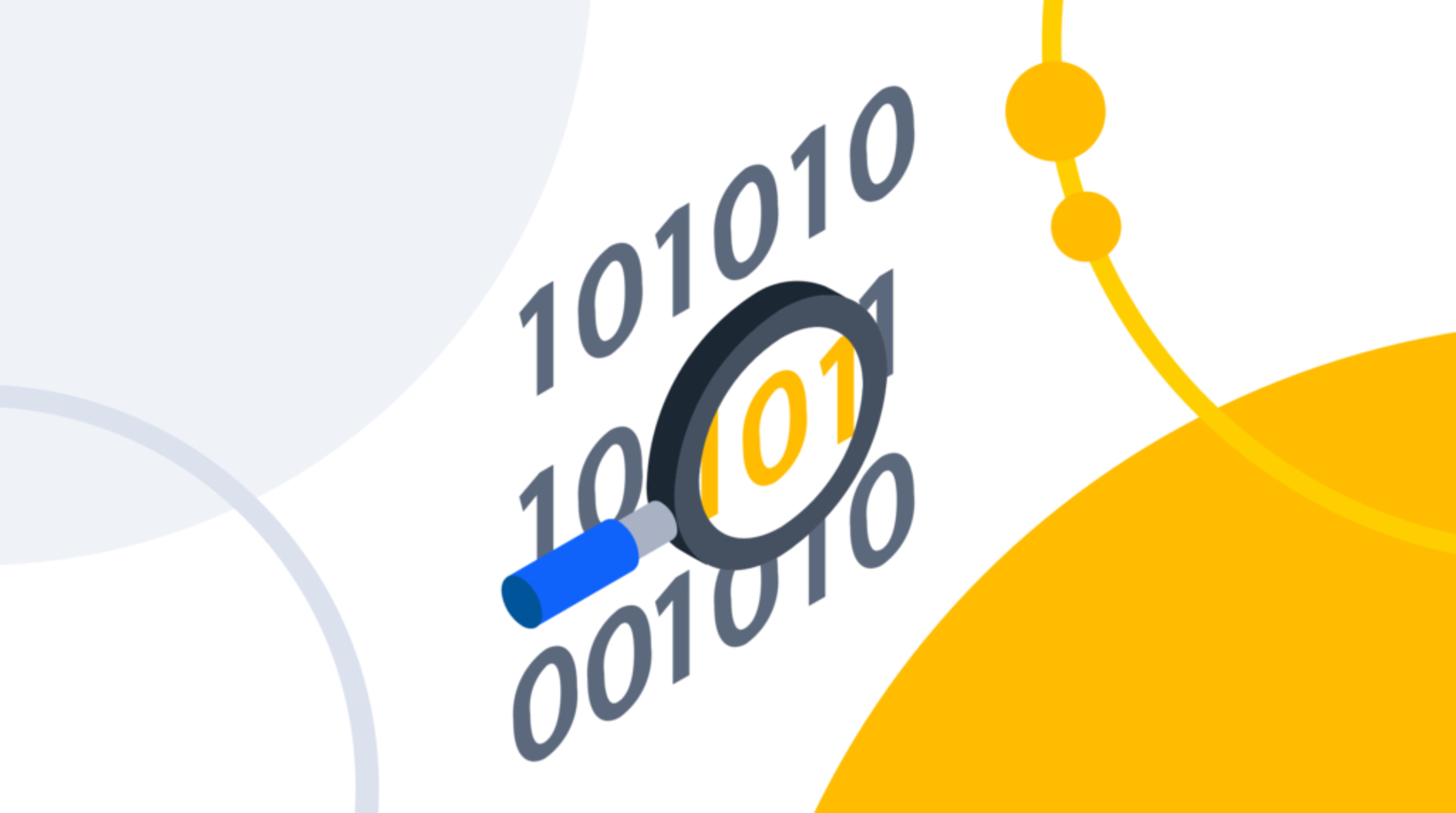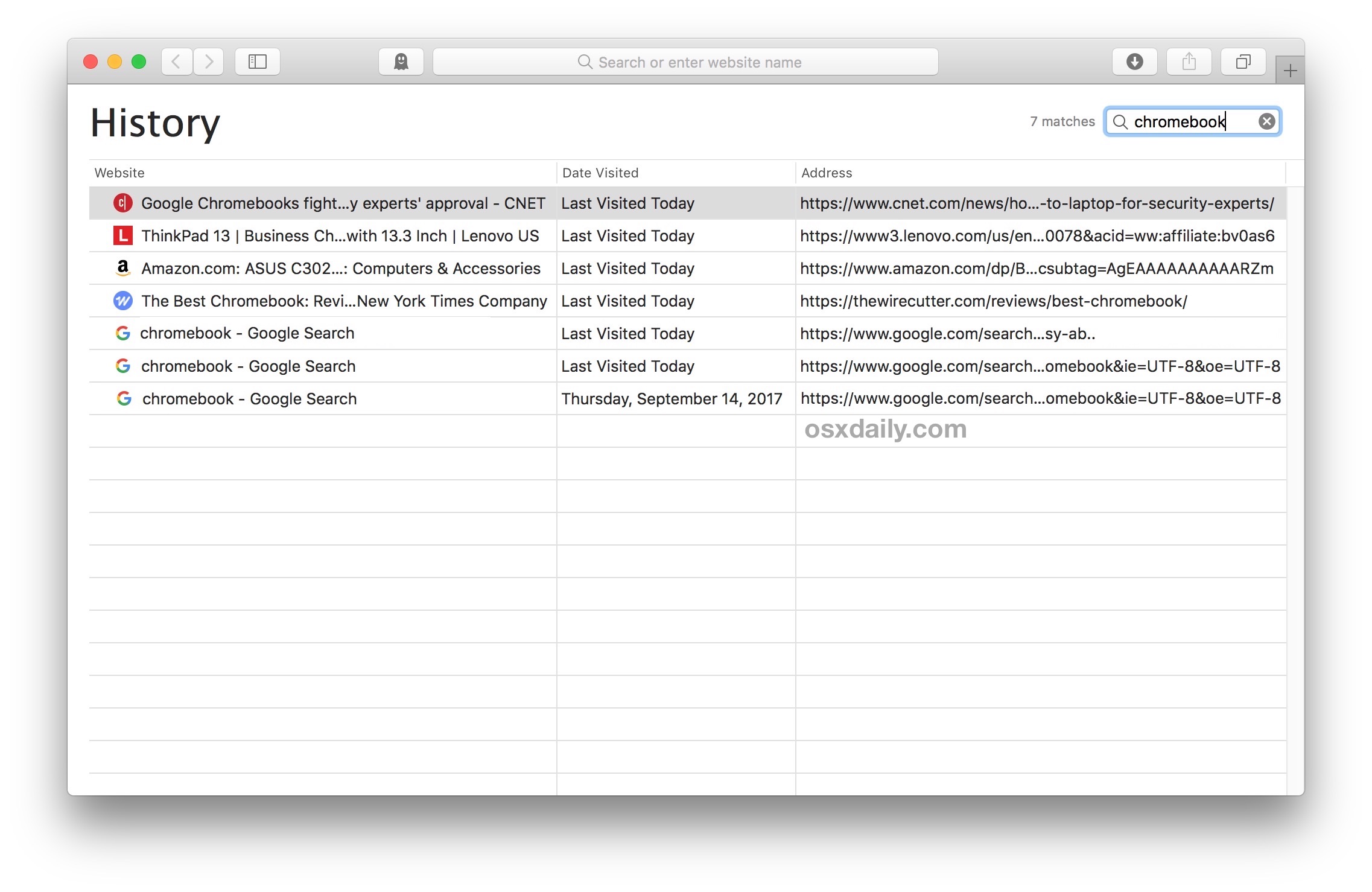Introduction
Welcome to the world of digital forensics! In today’s technologically advanced era, the need to investigate and analyze electronic data has become increasingly crucial. Whether it’s for legal purposes, incident response, or cybersecurity investigations, having the right tools is paramount. One such tool is the SIFT Workstation.
The SIFT (SANS Investigative Forensic Toolkit) Workstation is a powerful open-source digital forensics platform that provides a wide range of tools and capabilities for analyzing and investigating digital evidence. It is a collection of tools that have been carefully selected and integrated into a Linux environment, making it an indispensable resource for professionals and enthusiasts in the field.
With the SIFT Workstation, you can conduct investigations on a variety of digital artifacts, including file systems, memory dumps, and network traffic. It offers both basic and advanced features, allowing you to uncover valuable information and insights from your data.
In this article, we will guide you through the installation process and give you a brief overview of the basic usage of the SIFT Workstation. We will also delve into the different methods and techniques you can employ to analyze file systems, memory, and network traffic. Additionally, we will explore some of the advanced features and provide troubleshooting tips in case you encounter any issues.
Whether you are a digital forensics professional, a cybersecurity analyst, or simply curious about the field, the SIFT Workstation can be a valuable addition to your toolkit. By the end of this article, you will have a solid understanding of how to use this powerful platform to conduct efficient and effective digital investigations.
What is SIFT Workstation?
SIFT Workstation, short for SANS Investigative Forensic Toolkit Workstation, is a comprehensive open-source digital forensic platform developed by SANS Institute. It is specifically designed to assist digital forensic examiners, incident responders, and cybersecurity professionals in analyzing and investigating electronic evidence.
The SIFT Workstation is built on the Ubuntu Linux distribution and comes equipped with a vast collection of pre-installed tools and utilities that are essential for conducting digital forensic examinations. These tools have been carefully selected and organized to provide a seamless workflow for forensic investigations.
One of the key features of the SIFT Workstation is its ability to handle a wide range of digital artifacts. It supports the analysis of file systems, memory dumps, network traffic, volatile data, and more. This versatility makes it a valuable tool for various forensic tasks and investigations.
Another notable aspect of the SIFT Workstation is its focus on open-source software. By utilizing open-source tools, the platform promotes transparency, collaboration, and customization. It allows users to leverage the expertise of the digital forensic community through shared knowledge and contributions.
Furthermore, the SIFT Workstation offers a user-friendly interface and a command-line environment, catering to both beginner and advanced users. It provides a balance between ease of use and the flexibility needed for in-depth forensic analysis.
The SIFT Workstation is constantly updated and maintained by a community of digital forensic experts and enthusiasts, ensuring that it incorporates the latest advancements in the field. This ensures that users have access to up-to-date tools and techniques when performing investigations.
Whether you are performing a forensic examination for legal purposes, incident response, or cybersecurity investigations, the SIFT Workstation provides a comprehensive and reliable platform. It streamlines the forensic investigation process, enabling users to efficiently and effectively analyze electronic evidence to uncover valuable insights.
In the next sections, we will explore how to install the SIFT Workstation, demonstrate its basic usage, and delve into the various features and capabilities it offers. By the end of this article, you will have a solid understanding of how to leverage the power of the SIFT Workstation in your digital investigations.
Installing SIFT Workstation
Installing the SIFT Workstation is a straightforward process that allows you to quickly set up the platform and start conducting digital forensic investigations. The following steps outline the installation process:
- Download the SIFT Workstation: Visit the SIFT Workstation download page on the SANS website and choose the appropriate version for your system. The SIFT Workstation is available as a pre-built Virtual Machine (VM) or as an ISO file for installation on physical hardware.
- Install as a VM: If you opt for the VM version, you can import the VM into your preferred virtualization software, such as VMware or VirtualBox. Ensure that your virtualization software is up-to-date and supports the VM format provided.
- Install on physical hardware: If you choose the ISO file, you can burn it to a DVD or create a bootable USB drive. Boot your computer from the DVD or USB drive and follow the installation wizard to install the SIFT Workstation on your system.
- Configure the SIFT Workstation: Once the installation is complete, you will be prompted to set up user accounts, passwords, network settings, and other configurations. Follow the on-screen instructions to configure the SIFT Workstation based on your requirements.
- Update the SIFT Workstation: After installation, it is important to keep the SIFT Workstation up-to-date. Open a terminal window and run the provided update command to download and install the latest updates and security patches.
Once the installation and configuration processes are complete, you will have a fully functional SIFT Workstation ready to be used for digital forensic investigations. It is recommended to familiarize yourself with the various tools and utilities included in the SIFT Workstation to maximize its capabilities.
Whether you are a beginner or an experienced forensic examiner, the SIFT Workstation provides a user-friendly environment for conducting investigations. The platform offers a variety of documentation, tutorials, and resources on the SANS website to help you get started and expand your skills.
In the next sections, we will explore the basic usage of the SIFT Workstation, including how to analyze file systems, memory, and network traffic. We will also dive into the advanced features and provide troubleshooting tips to overcome common challenges. Stay tuned to unlock the full potential of the SIFT Workstation!
Basic Usage
Once you have successfully installed the SIFT Workstation, you can start leveraging its powerful tools and capabilities for your digital forensic investigations. In this section, we will explore the basic usage of the SIFT Workstation and how to get started with analyzing digital evidence.
The SIFT Workstation provides a command-line interface as well as a graphical user interface (GUI) for ease of use. Let’s begin with the command-line interface.
When you open a terminal window in the SIFT Workstation, you will have access to a wide range of command-line tools and utilities. These tools allow you to interact with digital artifacts and perform various forensic tasks.
For example, you can use the ‘Autopsy’ tool, a popular GUI-based digital forensic tool, to analyze disk images, search for keywords, and generate reports. To launch Autopsy, simply type ‘autopsy’ in the terminal and press Enter. The GUI of Autopsy will appear, and you can start creating cases, adding evidence, and conducting your investigations.
If you prefer using the command-line interface, you can utilize tools like ‘The Sleuth Kit’ (TSK) and ‘Volatility’ to analyze file systems and memory, respectively. The Sleuth Kit provides a collection of tools for file system analysis, such as ‘fls’ (to list file and directory names) and ‘mactime’ (to display file activity timelines).
On the other hand, Volatility allows you to perform memory forensics by analyzing memory dumps. With Volatility, you can extract information about running processes, network connections, and loaded modules from a memory image.
These are just a few examples of the tools available in the SIFT Workstation. It is essential to familiarize yourself with the documentation and resources provided by the SANS community to learn more about each tool’s functionality and usage.
The SIFT Workstation also supports the use of pre-configured virtual machines (VMs), such as REMnux, which is specifically designed for analyzing malware and suspicious artifacts. By utilizing different VMs alongside the SIFT Workstation, you can further enhance your digital forensic capabilities.
As you gain more experience and confidence with the SIFT Workstation, you can explore advanced features and techniques, such as network traffic analysis, database forensics, and encrypted file recovery. The SIFT Workstation offers a comprehensive platform to cater to the diverse needs of digital forensic professionals.
In the next sections, we will delve into the specifics of analyzing file systems, memory, and network traffic using the SIFT Workstation. We will provide step-by-step guides and highlight best practices to ensure you make the most out of this powerful forensic tool.
Analyzing File Systems
One of the fundamental tasks in digital forensics is analyzing file systems to uncover evidence and gain insights into a suspect’s activities. The SIFT Workstation provides a range of tools and techniques to facilitate this process. In this section, we will explore how to analyze file systems using the SIFT Workstation.
The Sleuth Kit (TSK), an open-source forensic tool, is a crucial component of the SIFT Workstation for file system analysis. It offers various utilities to examine disk images, recover deleted files, collect metadata, and more.
Here are the key steps to analyze a file system using the SIFT Workstation:
- Identify the target disk image: Begin by identifying the disk image or storage media that you want to analyze. This could be an image of a hard drive, USB drive, or any other storage device.
- Mount the disk image: Use the ‘mount’ command to mount the disk image or storage media as a read-only file system. This will allow you to access and analyze the data without modifying it.
- Listing files and directories: Use the ‘fls’ command from TSK to list the files and directories within the mounted file system. This will give you an overview of the available data and help you navigate through the file system.
- File recovery: If there are deleted files that you need to recover, you can use the ‘icat’ command to extract specific files based on their inode numbers. This can be useful when investigating cases where evidence may have been intentionally deleted.
- Collecting metadata: Extracting metadata from files can provide valuable information about the file’s creation date, last access time, owner, and more. The ‘ils’ command from TSK allows you to collect this metadata for further analysis.
- Keyword search: Conducting keyword searches within the file system can help uncover specific files or pieces of information relevant to your investigation. The ‘grep’ command can be used to search for specific patterns or keywords within files.
These steps are just a starting point for file system analysis using the SIFT Workstation. There are numerous other tools and techniques available within the platform, such as ‘mactime’ for timeline analysis and ‘fiwalk’ for analyzing disk images.
It is essential to have a solid understanding of file system structures, such as the FAT, NTFS, and ext4 file systems, to effectively interpret the data and identify potential evidence. Familiarize yourself with the documentation and resources provided by the SANS community to delve deeper into file system analysis.
In the next sections, we will explore the process of analyzing memory and network traffic using the SIFT Workstation. These additional capabilities will further broaden your forensic capabilities and help you uncover valuable evidence in your investigations.
Analyzing Memory
Memory analysis is a crucial aspect of digital forensics as it allows investigators to examine a system’s volatile data and uncover valuable insights. The SIFT Workstation provides powerful tools and techniques to analyze memory dumps and extract information about running processes, network connections, and more. In this section, we will explore how to analyze memory using the SIFT Workstation.
Volatility, a popular open-source memory forensics framework, is a key component of the SIFT Workstation for memory analysis. It offers a wide range of plugins and commands to facilitate the extraction and analysis of data from memory dumps.
Here are the steps to analyze memory using the SIFT Workstation:
- Create a memory dump: Start by acquiring a memory dump from the system you are investigating. This can be done using tools like ‘LiME’ or ‘WinPmem’ to ensure the integrity of the acquired memory image.
- Identify profile: Determine the correct profile for the memory dump. The profile corresponds to the operating system, version, and architecture of the system from which the memory dump was acquired. Volatility requires the correct profile to accurately interpret the memory data.
- Extracting basic information: Use the ‘imageinfo’ command from Volatility to retrieve basic information about the memory dump, such as the operating system type, version, and architecture. This command helps ensure that the correct profile is being used.
- Process analysis: Analyze processes in memory to identify malicious or suspicious activities. Volatility provides the ‘pslist’ command to list running processes and the ‘pstree’ command to visualize parent-child process relationships.
- Network connections: Extract information about network connections from the memory dump using the ‘netscan’ command in Volatility. This command displays active network connections, including IP addresses, ports, and associated processes.
- Recovering passwords: Volatility offers plugins like ‘mimikatz’ to recover passwords and authentication tokens from memory. These can be vital for uncovering user credentials or identifying potential security breaches.
- Timeline analysis: Create a timeline of memory-related events using the ‘mactime’ command from The Sleuth Kit. This helps establish a chronological sequence of activities and events that occurred in the system’s memory.
These steps provide a starting point for memory analysis using the SIFT Workstation. Volatility offers a wide range of other plugins and commands that can be used to extract specific information or investigate specific types of memory-related artifacts.
It is important to keep in mind that memory analysis requires a deep understanding of memory structures, operating systems, and malware behavior. Familiarize yourself with the available documentation and resources to gain proficiency in memory forensics.
In the next section, we will explore the process of analyzing network traffic using the SIFT Workstation, expanding your forensic capabilities and enabling you to uncover valuable evidence related to network communications.
Analyzing Network Traffic
Network traffic analysis plays a vital role in digital forensics, allowing investigators to examine communication patterns, identify potential security breaches, and uncover evidence of malicious activity. The SIFT Workstation provides a range of tools and techniques to analyze network traffic and extract valuable information. In this section, we will explore how to analyze network traffic using the SIFT Workstation.
One of the key tools available for network traffic analysis in the SIFT Workstation is Wireshark. Wireshark is a popular open-source network protocol analyzer that allows you to capture, analyze, and interpret network traffic in real time. It provides a detailed view of network packets, allowing investigators to uncover valuable insights.
Here are the steps to analyze network traffic using the SIFT Workstation:
- Capture network traffic: Start by capturing network traffic using Wireshark. Select the appropriate interface and begin capturing packets. You can filter the capture based on specific IP addresses, ports, or protocols to focus on relevant data.
- Filter and analyze packets: Use the filtering capabilities in Wireshark to focus on specific packets of interest. You can filter by IP address, port, protocol, or any other packet attribute. This helps narrow down the analysis and focus on the relevant network traffic.
- Identify communication patterns: Analyze the network traffic to identify communication patterns and connections between different hosts. Look for any abnormal or suspicious activities, such as unusual communication destinations or high volumes of traffic.
- Extract artifacts: Utilize Wireshark’s features to extract artifacts from the network traffic, such as files, emails, or images. Wireshark allows you to export captured data or even reconstruct files transferred over the network.
- Analyze protocols: Wireshark provides detailed protocol analysis, allowing you to dissect and understand network protocols at a granular level. This can help in identifying any anomalies or unauthorized activities within the network.
- Timeline analysis: Use timeline analysis tools, such as ‘mactime’ from The Sleuth Kit, to create a chronological sequence of network events. This enables investigators to understand the sequence of activities and identify potential correlations.
These steps provide a starting point for network traffic analysis using the SIFT Workstation. Wireshark offers a wide range of additional features and plugins for in-depth analysis and protocol decoding.
It is important to have a solid understanding of network protocols and common attack vectors to effectively analyze network traffic. Familiarize yourself with the available documentation and resources to enhance your proficiency in network forensics.
In the next section, we will explore the advanced features and functionalities of the SIFT Workstation, unlocking its full potential for digital forensic investigations.
Advanced Features
The SIFT Workstation offers a plethora of advanced features and functionalities to enhance your digital forensic investigations. These features allow you to dive deeper into the analysis, uncover more valuable evidence, and leverage specialized tools for specific tasks. In this section, we will explore some of the advanced capabilities of the SIFT Workstation.
Memory Analysis: The SIFT Workstation provides advanced memory analysis capabilities through the integration of the Volatility framework. With Volatility, you can perform in-depth memory forensics, analyze process memory dumps, extract encryption keys, and uncover hidden processes or malware artifacts.
Mobile Device Forensics: The SIFT Workstation offers tools and resources for mobile device forensics, allowing you to analyze smartphones, tablets, and other mobile devices. It supports data extraction from popular mobile platforms such as Android and iOS, enabling the recovery of deleted messages, call logs, contacts, and other valuable information.
Database Forensics: Investigating database systems is a critical aspect of digital forensics. The SIFT Workstation includes tools like ‘SQLite’ and ‘MySQL’ for analyzing and querying database files, recovering deleted records, and extracting valuable insights from database artifacts.
Malware Analysis: The SIFT Workstation can be extended with additional tools and VMs to enhance its malware analysis capabilities. Integration with REMnux, a specialized Linux distribution for malware analysis, allows you to employ a wide range of tools for reverse engineering, sandboxing, and investigating malicious software.
Network Forensics: Besides analyzing network traffic using Wireshark, the SIFT Workstation offers additional tools like ‘NetworkMiner’, ‘Bro’, and ‘Snort’ for advanced network forensics. These tools allow you to extract files, detect intrusions, analyze network protocols, and reconstruct network sessions.
Cloud Forensics: As digital investigations increasingly involve cloud services, the SIFT Workstation provides tools and techniques to analyze data stored in cloud environments. With support for popular cloud platforms like Amazon Web Services (AWS) and Microsoft Azure, you can extract evidence, analyze virtual machine images, and investigate cloud-based applications.
These advanced features highlight the versatility and power of the SIFT Workstation in handling complex digital forensic investigations. As digital technologies evolve, the SIFT Workstation continues to incorporate new tools and techniques to keep pace with emerging challenges and provide comprehensive forensic capabilities.
It is essential to continuously update your skills and knowledge in the field of digital forensics, leveraging the resources and documentation provided by the SANS community. By staying informed and exploring the advanced features of the SIFT Workstation, you can elevate your investigative abilities and uncover valuable evidence in even the most complex cases.
In the next section, we will provide troubleshooting tips to help you overcome common challenges and make the most out of your SIFT Workstation experience.
Troubleshooting Tips
While using the SIFT Workstation for digital forensic investigations, you may encounter various challenges and issues. This section provides troubleshooting tips to help you overcome common hurdles and ensure a smooth experience with the SIFT Workstation.
1. Stay up-to-date: Ensure that your SIFT Workstation is regularly updated with the latest security patches and software updates. This helps address any known issues and ensures that you have access to the latest features and improvements.
2. Check system requirements: Verify that your hardware meets the minimum requirements for running the SIFT Workstation effectively. Insufficient system resources can lead to performance issues and hinder the functionality of the platform.
3. Verify compatibility: Make sure that any third-party tools or VMs you plan to integrate with the SIFT Workstation are compatible with the current version. Incompatibilities can cause errors or unexpected behavior.
4. Seek help from the community: The SANS community and the SIFT Workstation user community are excellent sources of knowledge and support. Engage with the community through forums, discussions, and online resources to find solutions to specific problems or seek advice from experienced practitioners.
5. Review error messages: When encountering errors, pay attention to the error messages and any accompanying log files. Understanding the context of the errors can provide valuable insights into the underlying issue and help you identify possible solutions.
6. Read the documentation: Take the time to thoroughly explore the official documentation and resources available for the SIFT Workstation. The documentation provides valuable insights, usage guidelines, and troubleshooting solutions for different scenarios.
7. Experiment in a controlled environment: If you are new to the SIFT Workstation or trying out new tools or techniques, it is advisable to experiment in a controlled and isolated environment. This minimizes the risk of unintended consequences or system instability.
8. Keep backups: Regularly back up your work and important data to prevent the loss of valuable evidence or analysis. This ensures that you can easily revert to a previous state in case of any unexpected issues or mistakes.
9. Practice and acquire expertise: Becoming proficient in using the SIFT Workstation requires practice and continuous learning. Regularly engage in training, workshops, and hands-on exercises to develop your skills and familiarize yourself with the platform’s intricacies.
By following these troubleshooting tips and seeking assistance when needed, you can effectively address issues and optimize your use of the SIFT Workstation for successful digital forensic investigations.
In the final section, we will wrap up our discussion, summarizing the key points covered in this article.
Conclusion
The SIFT Workstation is a powerful open-source platform that empowers digital forensic professionals and enthusiasts to conduct thorough investigations and analyze electronic evidence. Throughout this article, we have explored the various features and capabilities of the SIFT Workstation, from its installation process to its advanced functionality.
We began by understanding the importance of digital forensics and introduced the SIFT Workstation as a comprehensive toolkit for investigators, incident responders, and cybersecurity professionals. We discussed how to install the SIFT Workstation and navigate its user-friendly interface.
We then dived into the basic usage of this platform, exploring how to analyze file systems, memory, and network traffic. We discussed the key tools and commands available, such as The Sleuth Kit for file system analysis, Volatility for memory forensics, and Wireshark for network traffic analysis.
Furthermore, we explored the advanced features of the SIFT Workstation, including mobile device forensics, database forensics, malware analysis, network forensics, and cloud forensics. These features showcase the versatility and continuous development of the SIFT Workstation to keep up with evolving digital forensic challenges.
We provided troubleshooting tips to assist users in overcoming common issues and maximizing their experience with the SIFT Workstation. These tips highlighted the importance of staying up-to-date, seeking community support, and referring to the documentation resources.
In conclusion, the SIFT Workstation is a valuable asset in the field of digital forensics. It equips investigators with a comprehensive set of tools and capabilities to uncover evidence, analyze electronic artifacts, and effectively conduct investigations. By leveraging the SIFT Workstation’s advanced features, users can enhance their forensic capabilities and navigate through complex cases.
As technology continues to evolve, the SIFT Workstation remains an essential tool for digital forensic professionals. Through continuous updates, contributions from the digital forensic community, and the dedication of the SANS Institute, the SIFT Workstation ensures that investigators have access to the latest tools, techniques, and resources required to stay ahead in a rapidly changing digital landscape.
Whether you are an experienced professional or a beginner in the field, the SIFT Workstation offers a powerful and versatile platform to support your digital forensic investigations. Harness its capabilities, engage with the community, and continue to expand your knowledge to unlock the full potential of the SIFT Workstation in your pursuit of justice and cybersecurity.

























